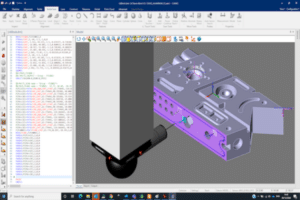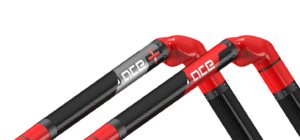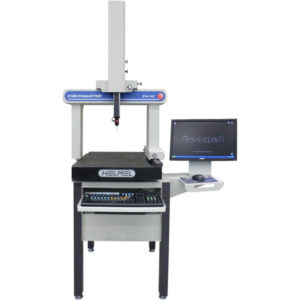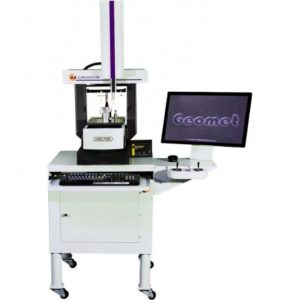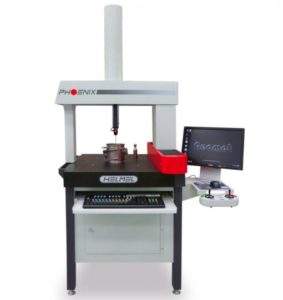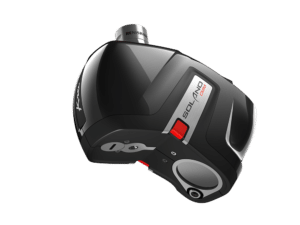Metrology Glossary: Coordinate Measuring Machine (CMM)
What Is A Coordinate Measuring Machine (CMM)?
A Coordinate Measuring Machine (CMM) is a precision device used for accurately assessing the geometric attributes of three-dimensional items. Generally made of a granite surface, a mobile arm housing a probing device, and a computational system, the CMM operates by having the probe make contact with designated points on the object. The computer then calculates the coordinates of these points, enabling the CMM to ascertain the object’s dimensions, form, and surface texture. This gives the CMM the ability to derive comprehensive insights into the dimensions, contours, and textural intricacies encapsulated within the object, ensuring accuracy in dimensional analysis.
What Are Coordinate Measuring Machines Used For?
CMMs have many applications in industries such as automotive, aerospace, medical, electronics, and more such as:
- Dimensional Verification: CMMs excel in confirming the precision of dimensions (length, width, height, etc.) in manufactured parts, guaranteeing compliance with design specifications and tolerances.
- Geometric Analysis: CMMs facilitate the measurement of intricate geometries such as angles, curves, and profiles, offering insights into the shape and form of objects. This is crucial for ensuring the proper functionality and assembly of components.
- Surface Texture Assessment: Certain CMMs can analyze the surface texture of objects, gauging roughness, waviness, and other characteristics. This is significant for applications like medical implants and precision instruments, impacting factors such as wear resistance and friction.
- Reverse Engineering: CMMs play a role in digitally capturing the dimensions and geometry of existing objects, enabling the creation of 3D models for replication or analysis. This proves valuable in tasks like repair, preservation, or product development.
- Quality Control: CMMs are often used as tools for quality control in manufacturing processes. By precisely measuring critical dimensions and features, they contribute to the identification and prevention of defects before reaching the final product.
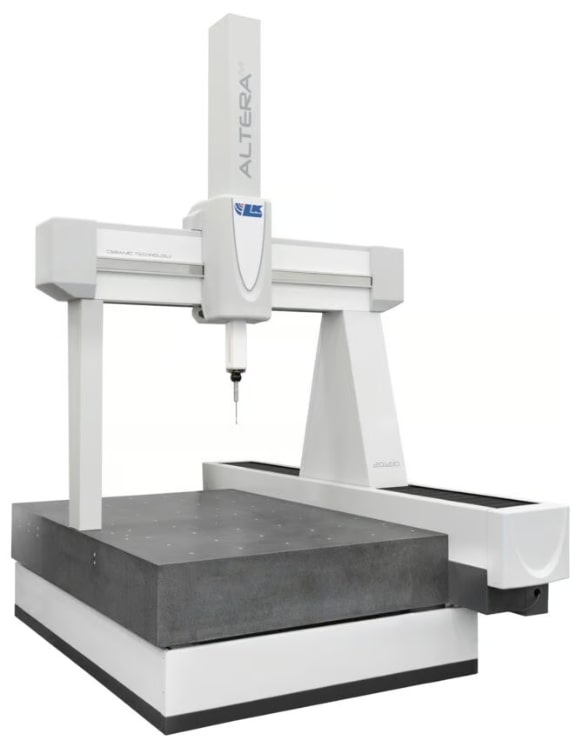
Related Terms
Further Reading







